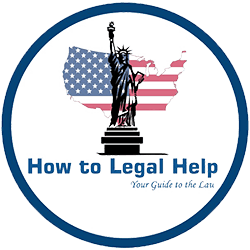If a party knowingly publicly files documents that contain or disclose confidential information in violation of these rules, the court may, upon its own motion or that of any other party or affected person, impose sanctions against the filing party.
N.H. R. Crim. P. 50
Comment
Rule 17 (a) derivesion Company, 105 N.H. 25 (1963).
Comment
These provisions are intended to ensure that confidential documents and information contained within documents are accessible, upon filing, only to the court and its staff, to the parties and their attorneys or the parties’ authorized representatives, and to others authorized to perform service of process. Any person or entity not otherwise entitled to access may file a motion or petition to gain access to any sealed or confidential court record. See, e.g., Associated Press v. State of N.H., 153 N.H. 120 (2005); Petition of Keene Sentinel, 136 N.H. 121 (1992).
